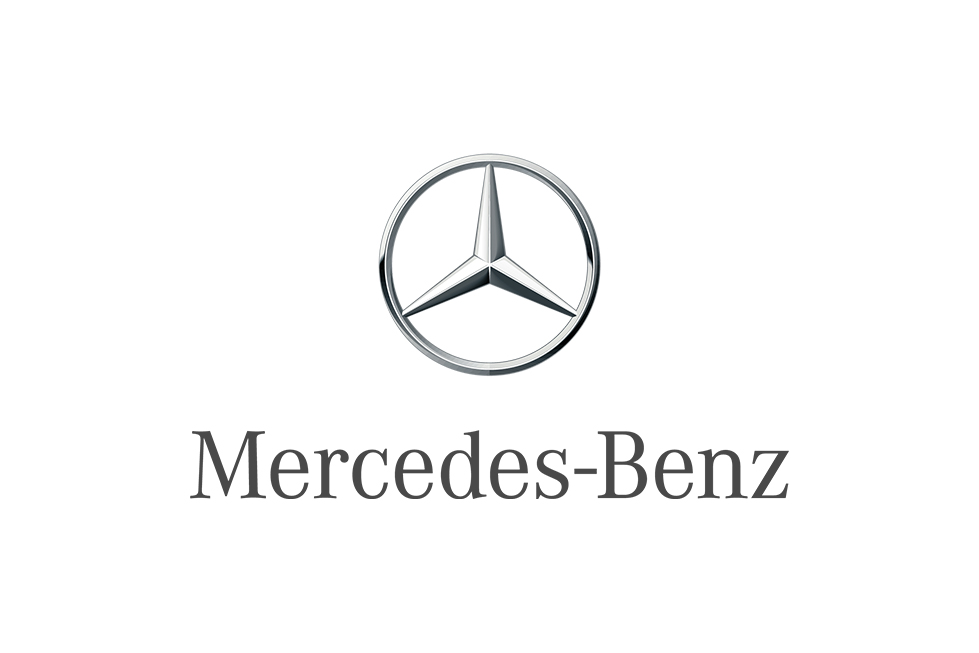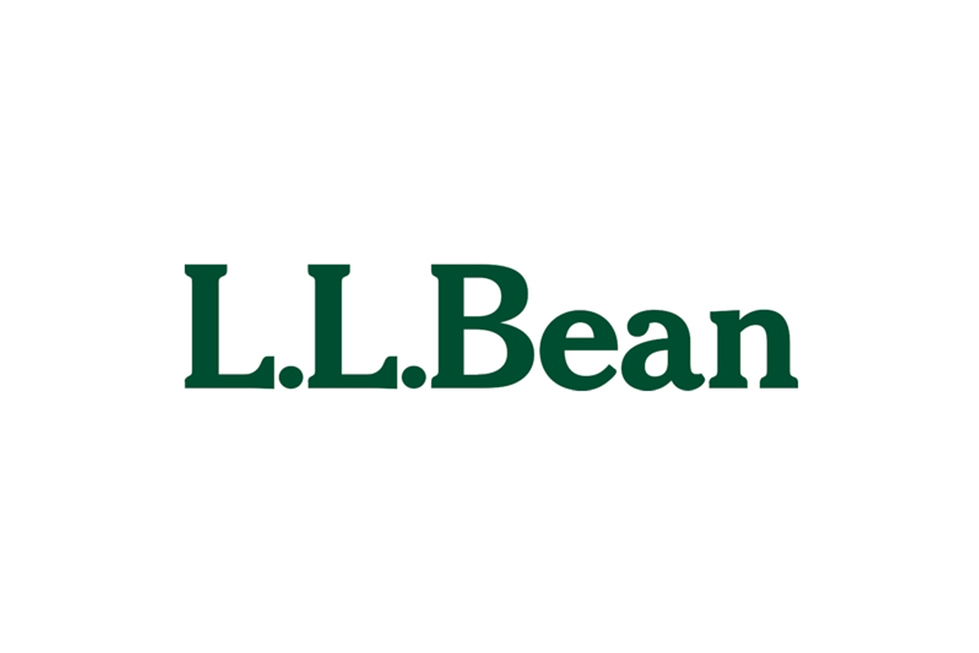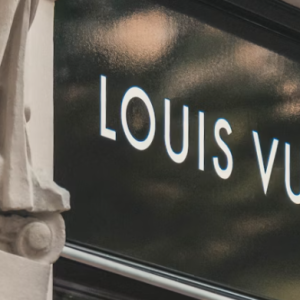Have you ever wondered where your favorite brands started? How did they grow from a fledgling company into a giant one that you can’t imagine living without? Knowing our history is essential as a consumer. By knowing the background of a company, it helps us to better connect with the brand’s message and goals. As a company, it’s key to help customers learn the history of the business because it forms that relationship that is so critical in keeping your best customers.
Whether your company started with a young man leaving his small French village or another simply had wet feet and wanted a solution, there’s a reason these stories resonate with customers. They are familiar because the customer can see themselves in the stories of the founders. And so, sharing the stories of our favorite companies is essential in growing business. In this article, we’ll look at 15 stories of struggle, drive, and determination that led to the biggest companies in today’s market.
Telling Stories: 15 Surprising Histories Of Your Favorite Brands
You know their names but do you know their stories? Some of the world’s most famous brands seem like part of our every-day lives. Ever wonder where they came from? Here are 15 stories of how small upstarts and family businesses became behemoths.

The name that is synonymous with “search for” didn’t start out that way. Before Google was Google, it was actually called “Backrub.” Luckily, the minds behind Google thought to change the name, eventually calling it “Googol,” as in the number. As fate would have it, a misspelling led to the name that became a verb and that we turn to for every question.

ADIDAS
If you thought ADIDAS stood for “All Day I Dream About Sports,” you’re wrong. In fact, it’s taken from the name of the founder, Adolf Dassler. This is where the history of ADIDAS gets a little dark. Dassler was a famous member of the Nazi party who reportedly hated his brother, Puma’s founder Rudi Dassler, along with just about everyone else. Luckily, people love ADIDAS in spite of the questionable past of its founder.

Apple
The simple monochromatic design of Apple’s logo is steeped in the company’s history. Reportedly, Steve Jobs would regularly go on fruitarian diets and that plus the time he spent working in an apple orchard led to him naming the company Apple. It helped that having such a simple, minimalist name would let them compete against IBM.

Wrigley
While you may not think about it until you need it, Wrigley gum is a product that just about everyone has tried at some point. William Wrigley Jr., the founder of Wrigley, formed the idea for the company after spending time selling his father’s soap products. To help incentivize shop owners to carry more of his products, he would throw in a pack of homemade gum. It was so popular that he decided to expand the business in 1853 with Juicy Fruit and Wrigley’s Spearmint.

IBM
In 1888, a company called International Time Recording Company (ITR) changed its name to International Business Machines Corporation, or what we more commonly know it as, IBM. The computer and tech giant adopted a new logo in 1972, featuring horizontal blue stripes that were meant to signify the “speed and dynamism” the company so deeply wanted to provide its customers.

BMW
The logo of BMW is your first major clue about their history. The circle, blocked of in quarters, with alternating blue and white, is actually a call back to the company’s history in aviation during World War II, during which time the company built aircraft engines for the German military. These simple colors and geometric design signify a propeller in motion with the sky peeking through.

Baskin Robbins
Baskin Robbins is a family business from the beginning. Started by Burt Baskin and Irv Robbins, two brothers-in-law, the company was founded after the two tried each selling ice cream independently. By 1953, they had collaborated and Baskin-Robbins Ice Cream was born. The subtle “31” in the logo was a recommendation by an advertising agency to illustrate that Baskin Robbins has a flavor for every day of the month.

Toyota
Originally named Toyoda for the family name of the founder, Toyota came into existence in 1936 after a public competition to design a new logo. With its overlapping ovals, the simplicity of their logo was captured and remains to this day.

Mercedes-Benz
Back in the 1870s, Gottlieb Daimler, a founder of Daimler-Motoren-Gesellschaft (DMG) who originally owned the Mercedes brand, sent a simple postcard to his wife, on which he marked his residence with a three-pointed star. In the postcard, he inscribed that “One day, this star will shine over our triumphant factories. When his sons eventually came on board, they suggested the iconic three-pointed star be added to the DMG logo.

Duncan Hines
The delicious history of Duncan Hines starts with a restaurant guidebook. In the 1930s, company founder Duncan Hines was driving the country as a traveling salesman and kept a list of places he enjoyed. He eventually published “Adventures in Good Eating” in 1936 after receiving so many requests for his list. This would give him the title of “eatery expert” and he would go on to update his list regularly. He was famous for his high standards, never accepting payment or rewards for his mentions of certain restaurants. By the 1940s, signs reading “Recommended by Duncan Hines” would appear on ranking eateries, later leading to him forming a business to license his name on culinary products.

Louis Vuitton
Although Louis Vuitton is known for being a luxury brand, it’s origins start in a working-class village in the French countryside. In 1835, Louis Vuitton left his country home, heading for the fashion mecca: Paris. There he became an apprentice box-maker and packer. After becoming the personal box-maker and packer for Empress Eugenie in the early 1850s, he opened a Parisian packing workshop of his own.

L.L. Bean
Known for their apparel and footwear, it’s no surprise that L.L. Bean got its start after a hunting trip left Leon L. Bean with wet feet. To combat his problem, Bean sewed leather tops onto a pair of his workmen’s rubber boots. This created footwear that was as beautiful as it was functional. In 1912, Bean mailed out a promotional flyer with the clever adage “You cannot expect success hunting deer or moose if your feet are not properly dressed.” That led to 100 orders for a pair of his shoes. However, 90 of those would end unreturned defective. Bean was unflappable and after refunding his soggy customers, he tried it all again. That dedication to his goal has led to worldwide acclaim and a successful brand.

Coca-Cola
Do you suffer from morphine addiction or do you just need a caffeine fix? Coca-Cola has addressed both these problems during its lifetime. That famous secret recipe that once had actual cocaine in it was originally touted as a cure for morphine addiction. Before it was Coca-Cola, it was “Pemberton’s French Wine Coca,” created by a wounded veteran of the Civil War who had ended up addicted to the powerful painkiller morphine.

eBay
Before there was eBay there was “Echo Bay.” Even in its infancy, eBay – or should we say Echo Bay – was a famous auction site, part of Echo Bay Technology Group. Sadly, they weren’t able to register the domain EchoBay.com because it had already been claimed by Echo Bay Mining. What’s a young company to do? Change their name! And so, eBay was born.








